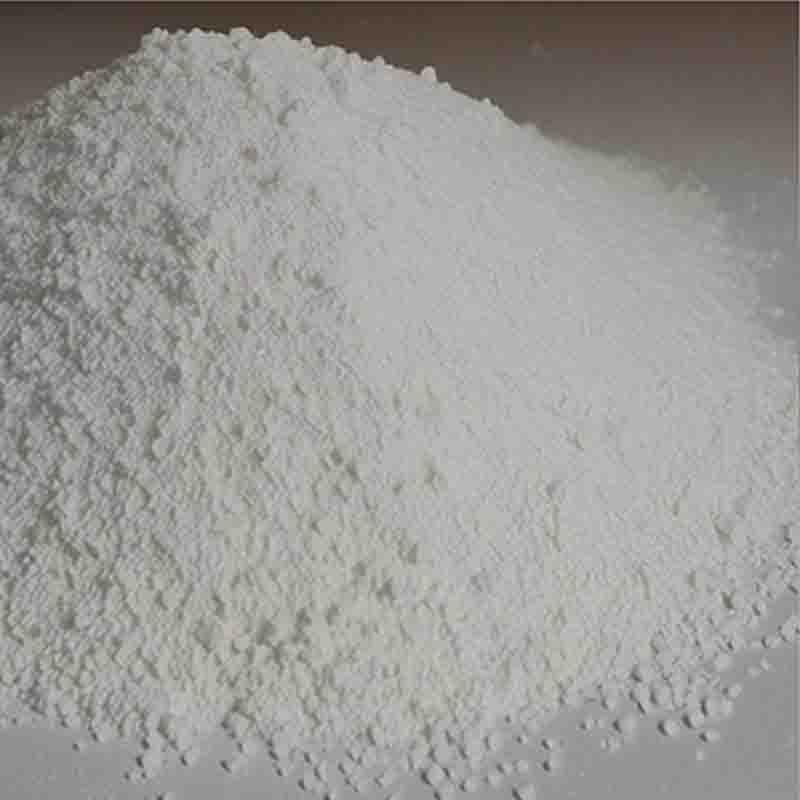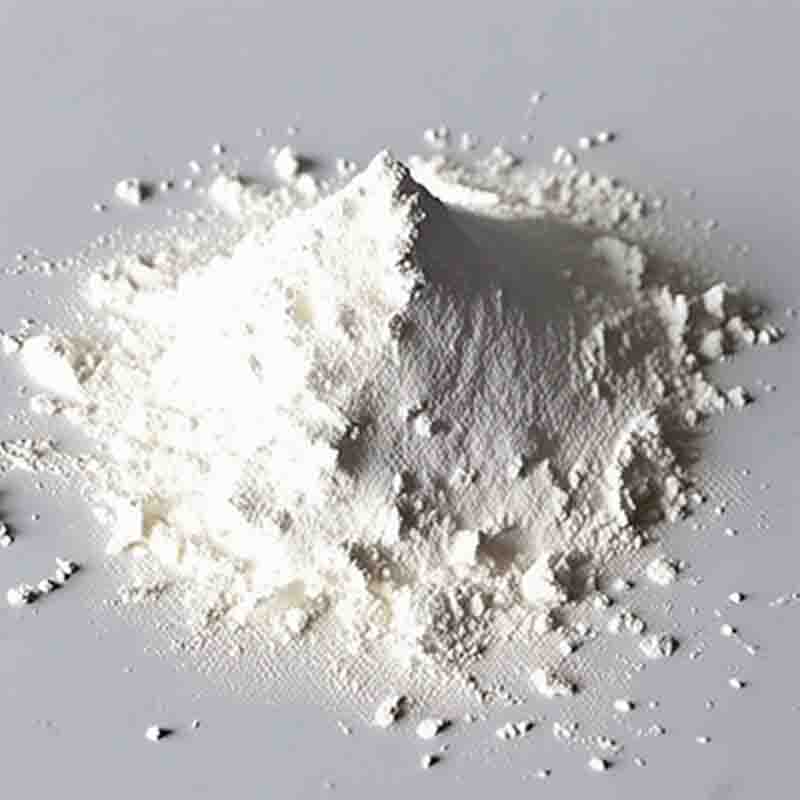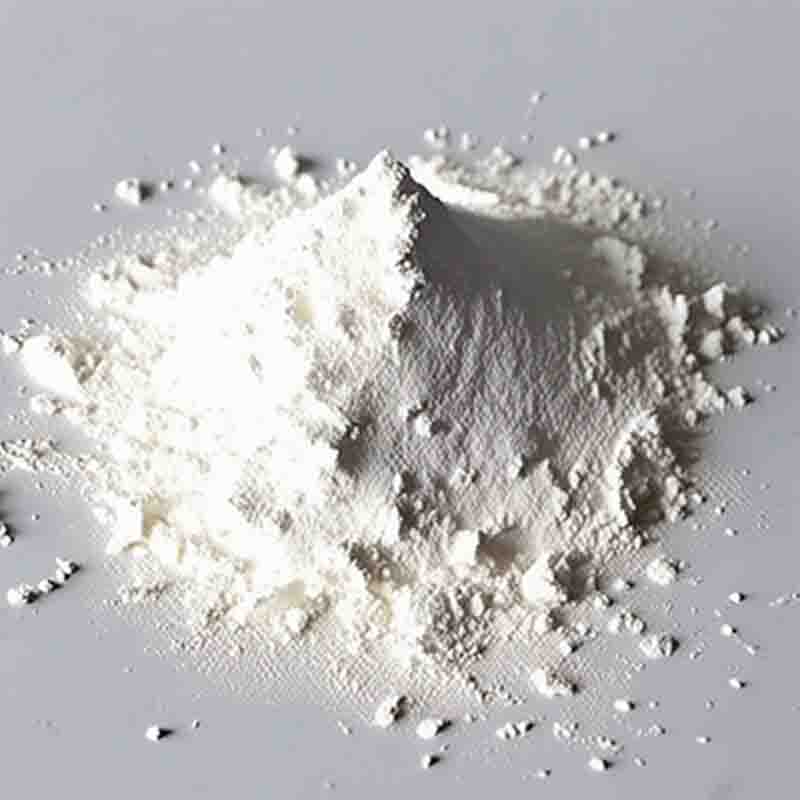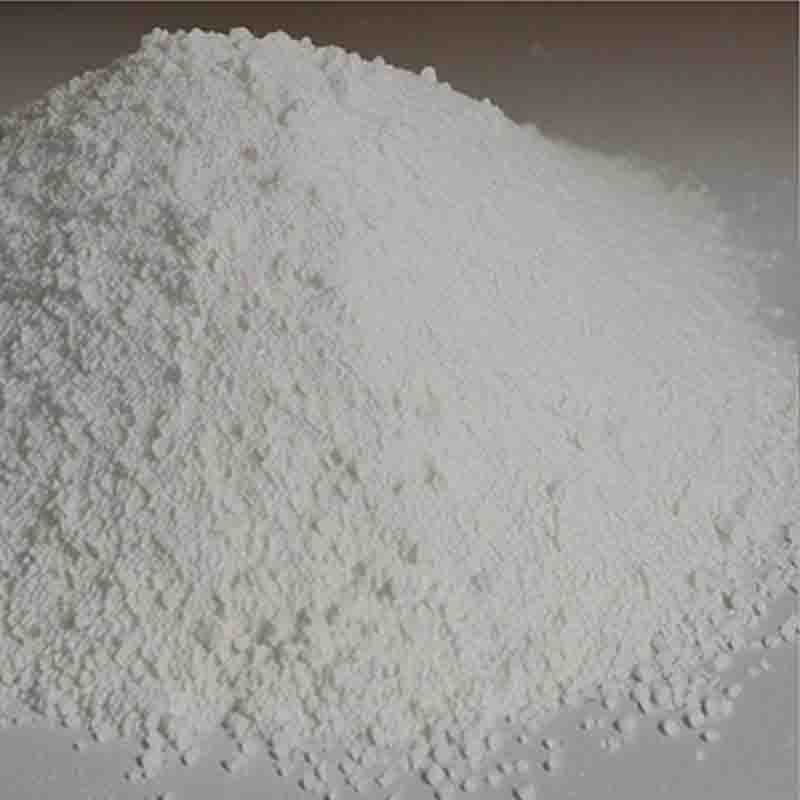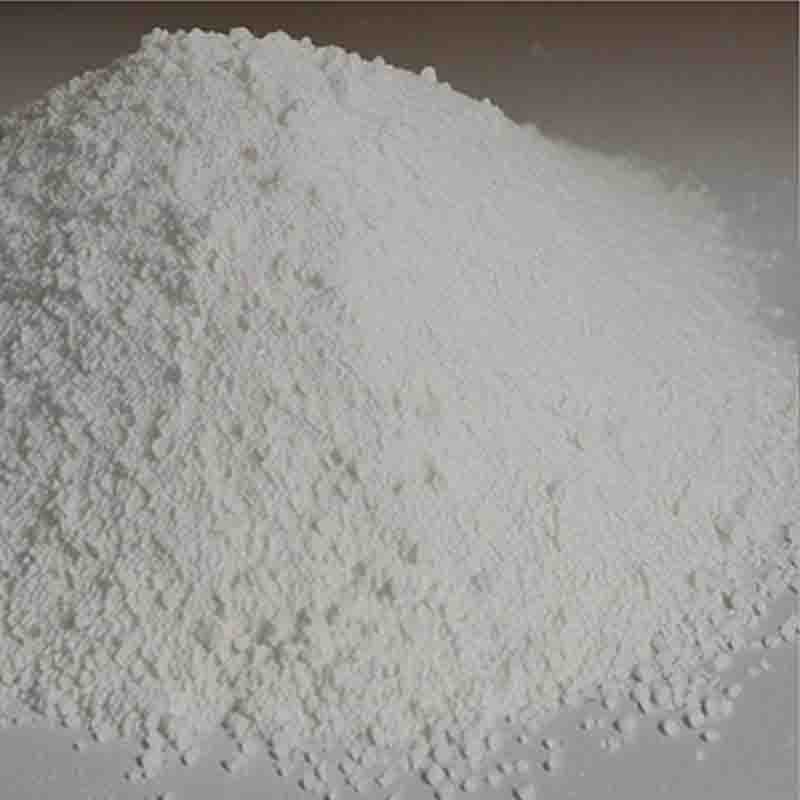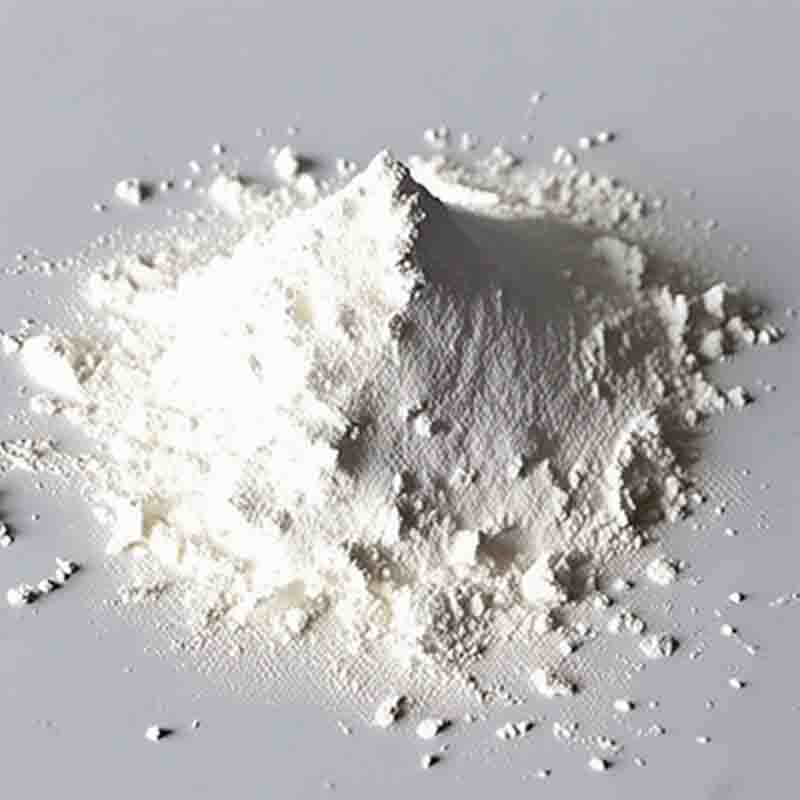3,4-Dihydroxybenzaldehyde CAS:139-85-5
| Catalog Number | XD95468 |
| Product Name | 3,4-Dihydroxybenzaldehyde |
| CAS | 139-85-5 |
| Molecular Formula | C7H6O3 |
| Molecular Weight | 138.12 |
| Storage Details | Ambient |
Product Specification
| Appearance | White powder |
| Assay | 99% min |
3,4-Dihydroxybenzaldehyde, also known as protocatechualdehyde, is a compound with significant biological effects and potential applications in various fields. Its chemical structure consists of a benzene ring with two hydroxyl groups and an aldehyde group attached to it.One of the notable effects of 3,4-Dihydroxybenzaldehyde is its antioxidant activity. It has been shown to possess powerful antioxidant properties, which help protect cells and tissues from damage caused by oxidative stress and free radicals. This antioxidant effect is important in reducing the risk of chronic diseases such as cardiovascular diseases, neurodegenerative disorders, and certain types of cancer.Furthermore, 3,4-Dihydroxybenzaldehyde has demonstrated anti-inflammatory effects. It has been found to inhibit the production of pro-inflammatory molecules, including cytokines and prostaglandins, thus reducing inflammation in different tissues and organs. This anti-inflammatory effect makes it a potential candidate for the development of anti-inflammatory drugs.In addition, studies have highlighted the potential antimicrobial activity of 3,4-Dihydroxybenzaldehyde. It has shown inhibitory effects against various pathogenic bacteria and fungi. This antimicrobial property suggests that it may have applications in the development of new antimicrobial agents or as a natural preservative in the food industry.Moreover, 3,4-Dihydroxybenzaldehyde has been investigated for its potential anti-cancer effects. It has shown promising results in inhibiting the growth and proliferation of cancer cells and inducing apoptosis (programmed cell death). These anti-cancer properties have been attributed to its ability to modulate various signaling pathways involved in cell survival and proliferation.Additionally, this compound has been found to exhibit neuroprotective effects. It has shown the ability to protect neurons from oxidative stress-induced damage and inhibit neuroinflammation, making it a potential candidate for the treatment of neurodegenerative diseases such as Alzheimer's and Parkinson's disease.In summary, 3,4-Dihydroxybenzaldehyde possesses a wide range of effects and potential applications. It exhibits antioxidant, anti-inflammatory, antimicrobial, anti-cancer, and neuroprotective properties. Further research is needed to fully understand its mechanisms of action and explore its potential therapeutic applications in areas such as medicine, food science, and drug development.




